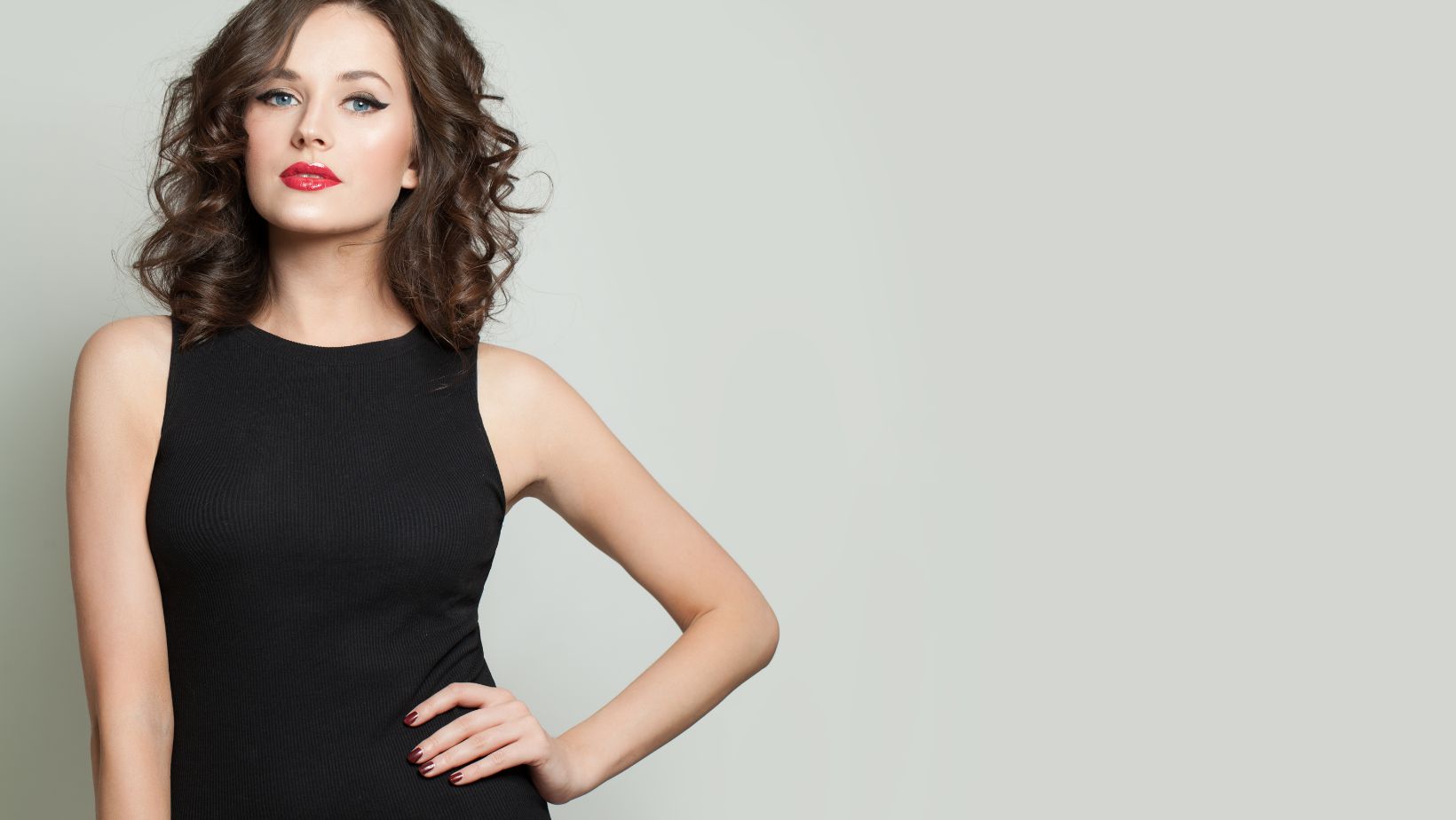A timeless must-have, the little black dress (LBD) has long been an indispensable staple of many wardrobes. From Coco Chanel’s cinched waist and full skirt to Christian Dior’s New Look design, its versatility has enabled it to express both faith and rebellion simultaneously.
According to experts, every woman should own at least one little black dress. A perfect piece for when you don’t know what else to wear!
Origins
The little black dress is an indispensable staple that should be in every woman’s closet. Fashion experts advise having at least three of these versatile garments. In 1926, when Coco Chanel designed her simple calf-length design in mourning hue, US Vogue quickly called this piece a “Chanel’s Ford.” Accurate predictions were made that it would become “a uniform for women of taste.
The LBD rose in popularity during the Great Depression due to its combination of elegance and economy, as well as through Hollywood. Audrey Hepburn wearing a Givenchy gown in Breakfast at Tiffany’s elevated the image of LBDs as symbols of danger and seduction.
National Museums of Scotland presents an exhibition titled Beyond the Little Black Dress – Radical Fashion that brings together original Chanel gowns alongside early pieces by Yves Saint Laurent, Dior, and Schiaparelli as well as more contemporary designs by Gareth Pugh and Simone Rocha – in what will be their largest fashion exhibition yet.
Styles
A timeless wardrobe essential, the little black dress (LBD) can help get you out of a fashion jam or elevate your look for any special event. Pairing an LBD with accessories that enhance its sophistication makes you look effortlessly sophisticated.
Gabrielle “Coco” Chanel revolutionized fashion in 1926 when she introduced the simple black jersey day dress made of affordable material. Designed as an accessible fashion statement that would inspire generations of women across social classes, its introduction marked a groundbreaking fashion moment that continues to inspire today.

Since its introduction, the Little Black Dress (LBD) has seen many iterations. From Audrey Hepburn’s Breakfast at Tiffany’s look to Elizabeth Hurley’s Versace safety pin dress, this style has become an international symbol of sophistication and lasting elegance. As trends come and go, yet retain its classic essence, its adaptability allows it to adapt easily to ever-evolving fashion. Shop elegant and feminine black dresses this season featuring unique elements – subtle puff sleeves such as this Free People mini dress to an asymmetrical ruffle trim Mango shift; these styles will take you from brunch with friends to cocktail parties effortlessly!
Trends
In fashion’s ever-evolving world, one item that has transcended short-lived trends to become an indispensable must-have is the little black dress. Seen in style icons from Rihanna to Meghan Markle and many others alike, its popularity endures and will remain timeless through generations to come.
Coco Chanel popularized the LBD in the 1920s, while Audrey Hepburn brought its popularity back into vogue when she wore one designed by Hubert de Givenchy adorned with pearls – immortalizing its legacy for generations to come. By the 1950s’ end, synthetic fabrics had become widely used, and designers such as Ralph Lauren, Diane Von Furstenberg, and Yves Saint Laurent helped broaden its appeal further through simple silhouettes that could be mixed and matched.
As we move further into the future, a new generation of fashion mavens will rely on their LBDs for everything from wedding guest attire to date night drinks and beyond. From chic tailored styles to bold statement pieces in mini or midi-length styles – these LBDs are here to stay and will stand the test of time.
History
Since Coco Chanel created the little black dress (LBD) in 1926, it has become an icon. The short and simple style made fashion accessible for all women who desired chic style – making the LBD “Chanel’s Ford.” In Vogue magazine’s October issue, an illustration of it was appropriately labeled as “a sort of uniform for all women of taste.”
The LBD became an immensely popular fashion statement during the Great Depression due to its combination of elegance and economy. Hollywood further popularized this style as Technicolor filming techniques required black dresses since other colors could distort when captured by the camera.

The 1960s Mod movement helped revive the little black dress with its signature lace overlays and tiered ra-ra skirts, with Audrey Hepburn being one of its leading advocates during its revival during the 1970s and 1980s. At this point, fabrics had become lighter and more comfortable, making for a more casual aesthetic in its wearability.





